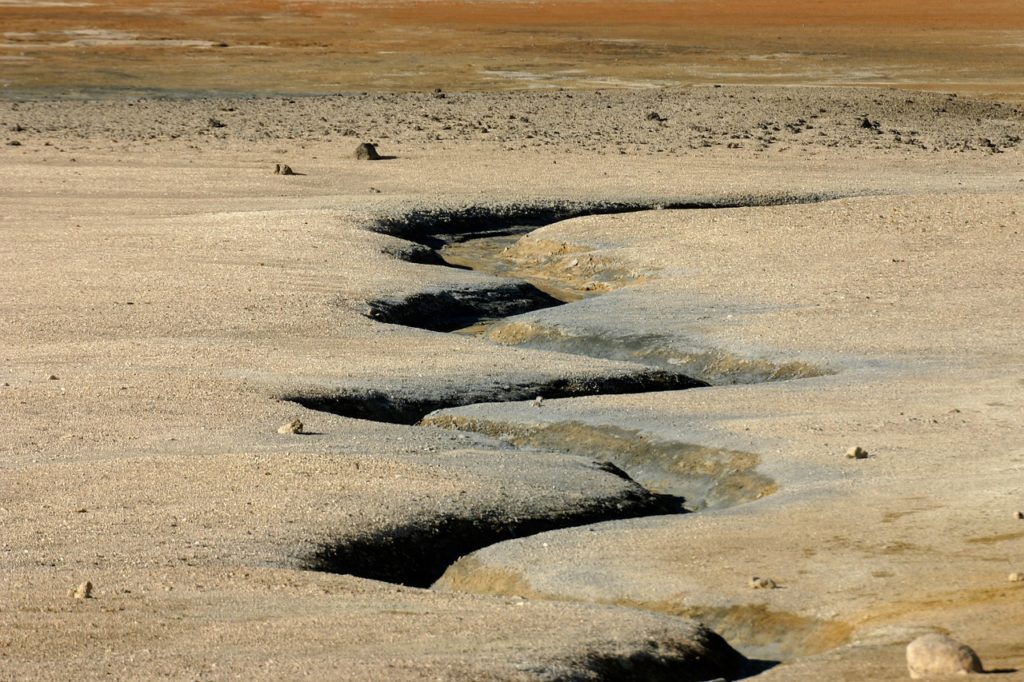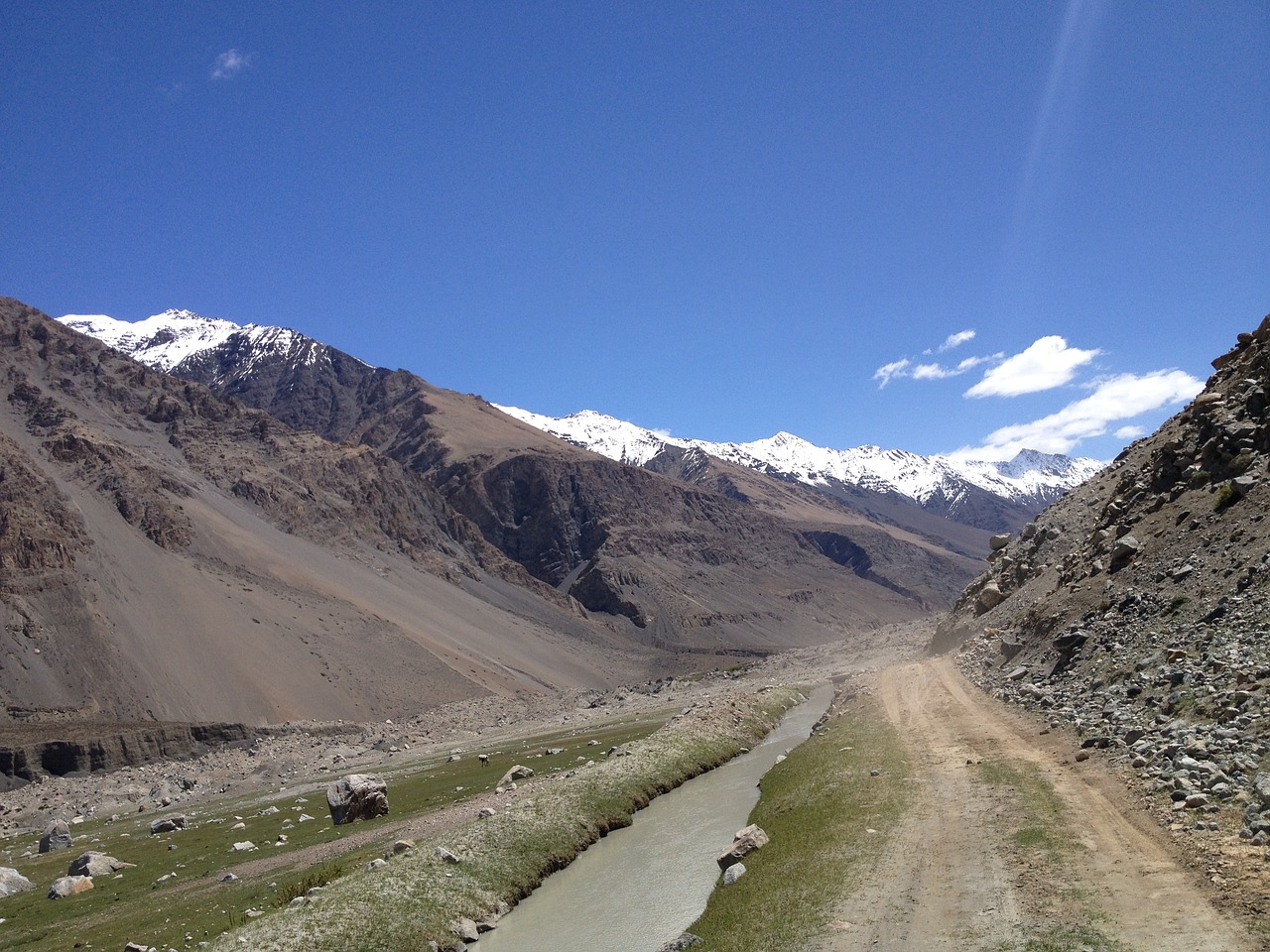Pakistan’s farming sector is in the midst of a severe water shortage that could devastate the country’s summer crops and impact the winter growing season. Government officials hope that projects such as a large dam and a new national water policy will help end the crisis that could affect Pakistan for many years to come if left unchecked.
Water shortages
The main concern is that Pakistan will soon run out of fresh water, with some experts estimating that by 2025 the country could be facing a shortage of 31 million acre-feet of water. Because agriculture is the foundation of Pakistan’s economy (26 percent of Pakistan’s GDP is agriculture based) and about 70 percent of its population has some association with the industry, a long-term water shortage could be ruinous.

Indeed, troubling signs are already present. The Indus River System Authority (IRSA) recently released information about the state of Pakistan’s water supply that showed a water shortage for the 2018 growing seasons. The IRSA stated that the Tarbela and Mangla reservoirs were at “dead level,” which meant there was not enough water for irrigation of important summer crops such as rice, cotton, maize, and sugarcane. Unusual weather conditions compounded this situation, as recent rains weren’t enough to improve river flows and temperatures were not hot enough to melt the snow in the Pakistani mountains. IRSA sources also stated that in the spring, some of Pakistan’s major rivers had seen severe declines in water flow, a situation one Pakistani senior government official described to the press as “really alarming.”
A lack of water can be devastating to the crops in Pakistan, where farmers irrigate most fields with ground water, fresh water, and water from the Tarbela and Mangla reservoirs. However, the capacity to store water at both facilities has decreased since they were constructed due to a build-up of silt deposits. When dams do not release enough water, farmers draw ground water from aquifers that are already stressed and can’t replenish water at the rate that people are removing it. Barring a monsoon, Pakistan’s water supplies are not likely to replenish naturally.
Water solutions
With proper leadership, authorities say that Pakistan could build and manage a stable water supply for its farmers. Some ideas include harvesting rainwater and treating sewage, but Pakistan currently does not have the infrastructure to implement these projects on a large scale. Other possible projects include updating farmers’ irrigation methods to irrigate more efficiently; this is a concern because although Pakistan uses roughly 95 of its fresh water for irrigation, it has a lower per-acre crop production than India and China. Moreover, if urban areas, which are growing quickly and using much more water, implemented better water management systems, stress on the available water supply also would drop.
More dams
Experts agree that building more water storage facilities is a viable solution that could have a dramatic impact on Pakistan’s water supply. While the approval process for large dams can be lengthy, smaller, well-managed projects to store monsoon water can be built more quickly. New reservoirs of all sizes can help authorities store every drop of available water to keep the crops irrigated.
The country could also focus on mega-projects, although approval and construction tend to move slower and may not address the current crisis. For example, the Kalabagh Dam remains unbuilt although plans for its construction were drawn in 2004. Critics argue that the dam will be too expensive and won’t have the impact on the water supply that authorities hope for. Supporters say that without the power the dam would generate, fuel prices in Pakistan could increase and hurt the economy.
National water policy
The Pakistani government recently approved a national water policy, which could result in a more efficiently managed water system if implemented. The policy focuses on storing, conserving, and using water efficiently as a way to address the water shortage crisis. It calls for implementing new technologies, such as desalinating sea water and recycling water, to create new sources of usable water. Updated technology also could help authorities better monitor irrigation water delivery, and with government subsidies, people could convert tube wells to solar energy in places where the water table level is acceptable, thereby enabling these wells to produce more water at a lower cost.
Private sector
All water solutions need proper management to be effective in the long term. However, some critics believe that the Pakistani government may not be up to the task right now and that the private sector is the best place to find new ideas and practices for better water management. Learning from other countries’ success is also important. Israel, for example, which has less water but a higher GDP that Pakistan, has been reusing effluent to irrigate about 40 percent of its farmland.
While many challenges lie ahead, leaders with a common goal of improving the water system in Pakistan could implement necessary changes to the way the country uses and manages its water.

